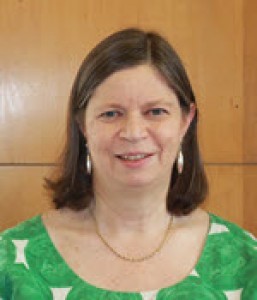
The Scottish Association for Metals (SAM) is delighted to be able to honour the contribution made to materials engineering by Kathleen Elizabeth Tanner (OBE FREng FRSE), currently Bonfield Professor of Biomedical Materials at Queen Mary University of London, through the award of the Riley Medal
After completing a degree and PhD at the University of Oxford, Liz Tanner joined the Department of Materials at Queen Mary University of London in 1983. She was appointed Professor of Biomedical Materials in 1998 and from 1998 to 2001, she was the Associate Director of the IRC in Biomedical Materials as well the Dean of Engineering from 1999 to 2000.
Liz joined the University of Glasgow in 2007 as Professor of Biomaterials where she established the undergraduate degree in Biomedical Engineering. Whilst in Glasgow, she joined the Council of the Scottish Association for Metals, serving initially as Vice-President and then as President from 2011-2013 before continuing to serve as a general member of Council until 2018 when she returned to Queen Mary University of London.
Having been elected as a Fellow of the Royal Academy of Engineering in 2006, Liz was additionally elected Fellow of the Royal Society of Edinburgh in 2015 and awarded an OBE in the 2016 New Year Honours list. Her research interests are centred on understanding how artificial materials interact with the body. This work can be divided into three areas: Skeletal Materials: The development, mechanical and biological testing of bone replacement materials, based on both non-degradable and biodegradable composites. Bone Biomechanics: The mechanical properties of bone, with particular consideration of the fracture behaviour of cortical bone and the effect of disease on the mechanical properties of cancellous (spongy) bone. Implant testing: The mechanical behaviour of joint replacements, with particular focus on their interaction with the supporting bone, using both mechanical testing and finite element analysis (FEA). Her work led to the development of HAPEX, a bone mineral composite biomaterial, which has been used in over half a million middle ear transplants since the 1990s.
